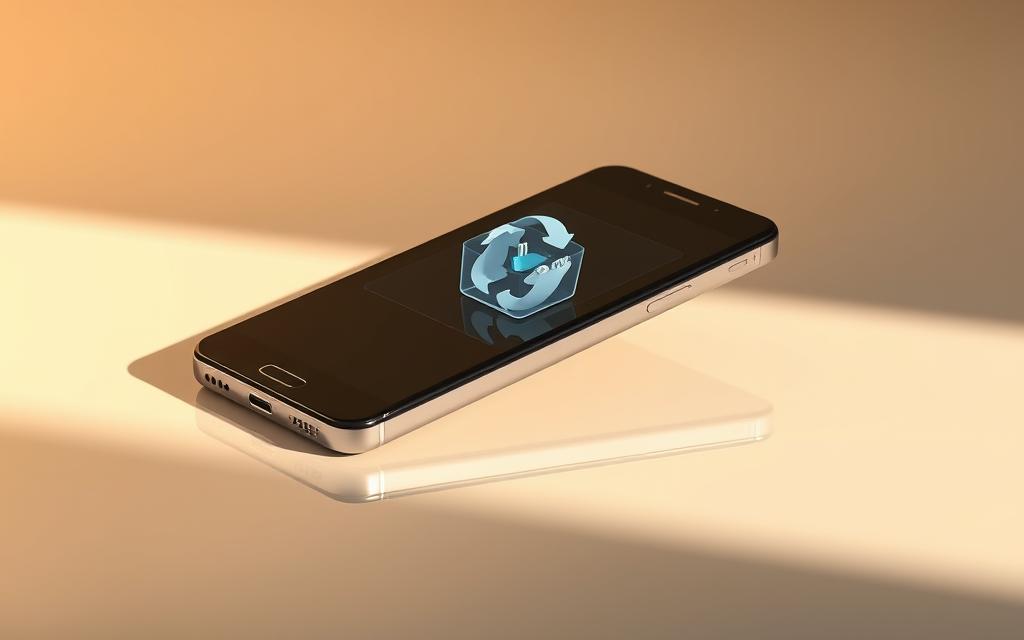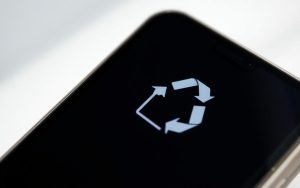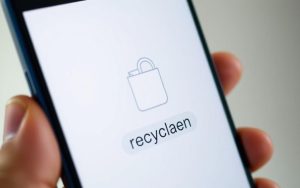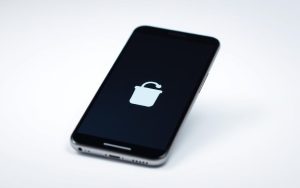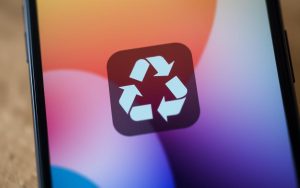Table of Contents
As mobile storage capacities grow, with many devices now offering up to 512GB, managing deleted files has become more important than ever. Unlike desktop computers, Android handles trash management differently, making it essential to understand how to recover lost data.
This guide will help you navigate the process of recovering deleted files and optimizing your phone’s storage. Whether you’ve accidentally deleted photos or important documents, knowing how to access the recycle bin on your device can save you from permanent loss.
Built-in solutions and third-party tools like FonePaw Android Data Recovery can assist in retrieving files. However, time is critical—most deleted items are only recoverable for 15-30 days before they’re permanently erased. Stay prepared and keep your device organized with these tips.
Introduction to the Recycle Bin on Android
Understanding how Android handles deleted files can prevent permanent data loss. Unlike desktop computers, Android uses app-specific systems to manage trash. This approach ensures deleted items are stored temporarily, allowing users to recover them if needed.
What is the Recycle Bin on Android?
On Android, the recycle bin functions as temporary storage for deleted items. Apps like Messages, Photos, and File Manager have their own trash or “recently deleted” folders. This system differs from desktops, where a single bin stores all deleted files.
For example, Samsung’s One UI 6.0 update integrates trash management across the Gallery and My Files apps. This makes it easier to locate and restore deleted items within a 30-day window.
Why is the Recycle Bin Important?
Accidental deletions can lead to productivity loss and emotional stress. The recycle bin provides a safety net, allowing users to recover deleted files before they’re permanently erased. Without this feature, retrieving lost data would be nearly impossible.
Here’s a quick comparison of Android and desktop trash systems:
| Feature | Android | Desktop |
|---|---|---|
| Storage Location | App-specific folders | Unified bin |
| Recovery Window | 30 days | Until manually emptied |
| User Accessibility | Varies by app | Centralized access |
By understanding these differences, users can better manage their storage and avoid losing important data.
Is There a Recycle Bin on Android?
Many users wonder if their phones have a safety net for deleted files. The answer is yes, but the implementation varies across devices. Unlike computers, which use a centralized trash system, mobile devices rely on app-specific solutions.
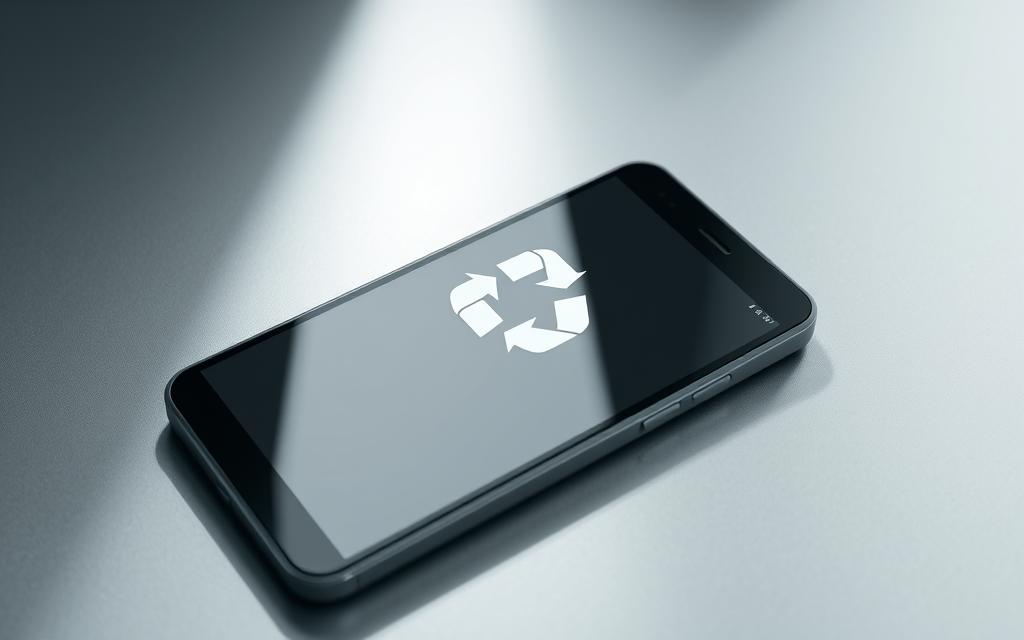
Understanding Android’s Recycle Bin Feature
On Android, deleted files are stored in their original locations until overwritten. Apps like Gallery and File Manager have their own trash or “recently deleted” folders. For example, Samsung devices offer a 30-day recovery window through the Recycle Bin in Gallery settings.
However, not all file types are stored in these folders. Temporary data, such as app cache, bypasses the trash system entirely. This feature ensures efficient storage management while providing a safety net for important files.
Differences Between Android and Computer Recycle Bins
Desktop systems use a unified trash bin, making it easy to locate deleted items. On mobile devices, the process is more fragmented. Each app manages its own folder, which can be confusing for users.
For instance, Samsung’s One UI 6.0 update introduced a system-wide trash in My Files. This simplifies the process, but it’s still not as centralized as desktop systems. If you’re looking to recover deleted photos, understanding these differences is crucial.
How to Access the Recycle Bin on Android
Navigating Android’s storage system can be tricky, especially when trying to recover deleted items. Each app manages its own trash or “recently deleted” folder, making the process app-specific. Below, we’ll guide you through accessing these folders in key apps to help you recover deleted files efficiently.
Accessing the Recycle Bin in the Messages App
If you’ve accidentally deleted a text, the Messages app provides a trash folder for recovery. Here’s how to access it:
- Open the Messages app and tap the three-dot menu in the top-right corner.
- Select “Trash” or “Archived” to view deleted messages.
- Long-press the message you want to restore and tap “Recover.”
This feature ensures you can retrieve important texts within a limited time frame.
Accessing the Recycle Bin in the Photos App
Deleted photos and videos are stored in the Gallery’s “Recently Deleted” folder. Follow these steps to restore them:
- Open the Photos app and tap the three-dot menu.
- Select “Trash” to view deleted items.
- Choose the photos videos you want to recover and tap “Restore.”
Note: Items in this folder are automatically deleted after 15 days, so act quickly.
Accessing the Recycle Bin in the Contacts App
Recovering deleted contacts requires accessing the app’s database. Here’s an advanced method:
- Use a file manager app to navigate to the contacts.db file location.
- Restore the file from the trash folder if available.
- Alternatively, sync your contacts with Google to retrieve lost data.
This method is ideal for tech-savvy users comfortable with manual file management.
Accessing the Recycle Bin in the File Manager
Samsung devices offer a system-wide recycle bin through the My Files app. Here’s how to use it:
- Open My Files and select “Trash” or “Recycle Bin.”
- Tap “Edit” to choose the files you want to restore.
- Select “Restore” to move them back to their original location.
This feature provides a 30-day recovery window for deleted files.
Accessing the Recycle Bin in the App Download History
If you’ve uninstalled an app, you can reinstall it via Google Play. Follow these steps:
- Open Google Play and tap your profile icon.
- Go to “Library” and select “Not on this device.”
- Find the app you want to reinstall and tap “Install.”
This option ensures you can quickly restore apps without losing data.
How to Retrieve Deleted Files on Android
Accidentally deleting important files can be stressful, but Android offers multiple ways to retrieve them. Whether you use built-in features or third-party tools, there’s a solution for every situation. Below, we’ll explore the best methods to recover deleted files and ensure your data stays safe.
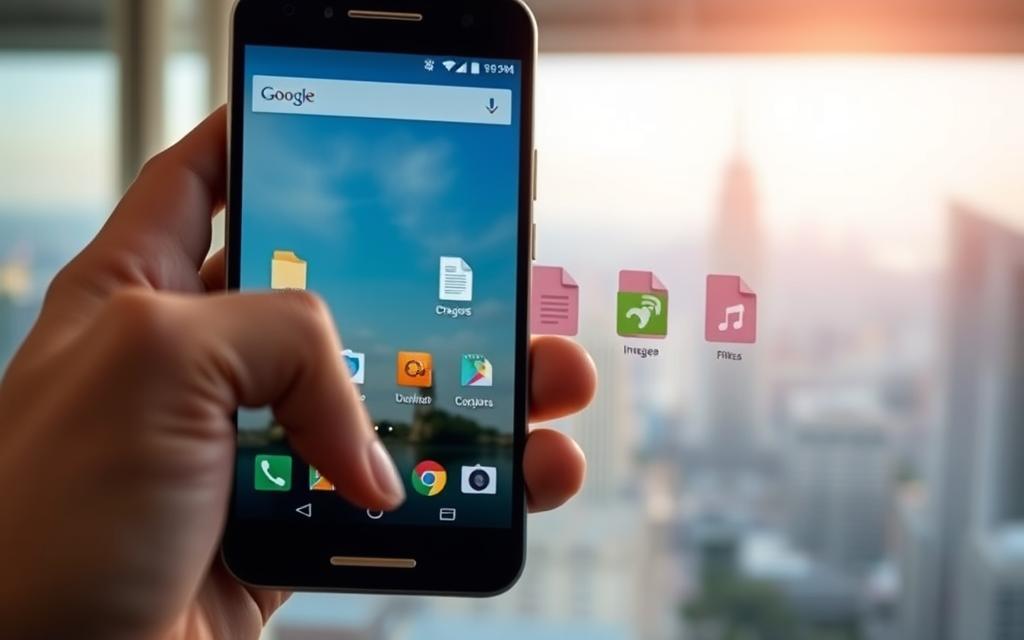
Using Built-in Android Features
Android’s native recovery options are a great starting point. Apps like Messages, Photos, and File Manager have their own trash or “recently deleted” folders. For example, the Photos app stores deleted items for 15 days, giving you time to restore deleted photos and videos.
However, these features have limitations. Overwritten files or those deleted from certain apps may not be recoverable. If you’re unable to find your files, consider using third-party tools for a more thorough search.
Using Third-Party Data Recovery Tools
Tools like FonePaw Android Data Recovery offer advanced options for retrieving lost data. They support over 100 file types, including messages, contacts, and photos videos. Unlike built-in features, these tools can scan internal memory, SD cards, and even SIM cards.
Here’s a quick comparison of built-in vs. third-party recovery options:
| Feature | Built-in Android | Third-Party Tools |
|---|---|---|
| File Types | Limited to app-specific files | 100+ file types |
| Recovery Window | 15-30 days | Until overwritten |
| Accessibility | App-specific folders | Centralized scanning |
Step-by-Step Guide to Using FonePaw Android Data Recovery
FonePaw is a reliable option for retrieving lost data. Follow these steps to use it effectively:
- Download and install FonePaw on your computer.
- Connect your Android device via USB and enable USB debugging.
- Select the file types you want to recover and start the scan.
- Preview the found files and choose the ones to restore.
- Save the recovered files to your PC to prevent overwriting.
FonePaw’s deep scan mode ensures thorough recovery, even for overwritten files. Its preview capability lets you verify files before restoring them, saving time and effort.
More Tips for Managing the Android Recycle Bin
Efficiently managing your device’s storage ensures smoother performance and prevents accidental data loss. Whether you’re decluttering or backing up, these tips will help you stay organized and secure.
How to Get an Android Recycle Bin App
Third-party apps like Dumpster and Recycle Bin offer advanced features for managing deleted files. Dumpster provides auto-backups without requiring root access, while Recycle Bin integrates seamlessly with your file manager for easy restoration.
Here’s a quick comparison of these two popular options:
| Feature | Dumpster | Recycle Bin |
|---|---|---|
| Auto-Backup | Yes | No |
| File Manager Integration | Limited | Full |
| Root Access Required | No | No |
How to Clean Junk Files on Android
Over time, your phone accumulates unnecessary files that take up valuable storage. To declutter, start by clearing app caches. Navigate to Settings > Storage > Cached data and tap to clear. Additionally, use your file manager to delete downloaded items you no longer need.
For Samsung users, the My Files app offers a trash folder that can be emptied to free up space. Regular maintenance ensures your device runs efficiently.
Backing Up Data to Prevent Loss
Backups are essential for safeguarding your files. You can transfer data to your computer via USB or use cloud services like Google Drive. For a more streamlined process, consider tools like FonePaw DoTrans, which simplifies file transfers between devices.
Always back up before performing a factory reset. Without a backup, you risk losing important items permanently. Regular backups ensure your data remains safe, even in unexpected situations.
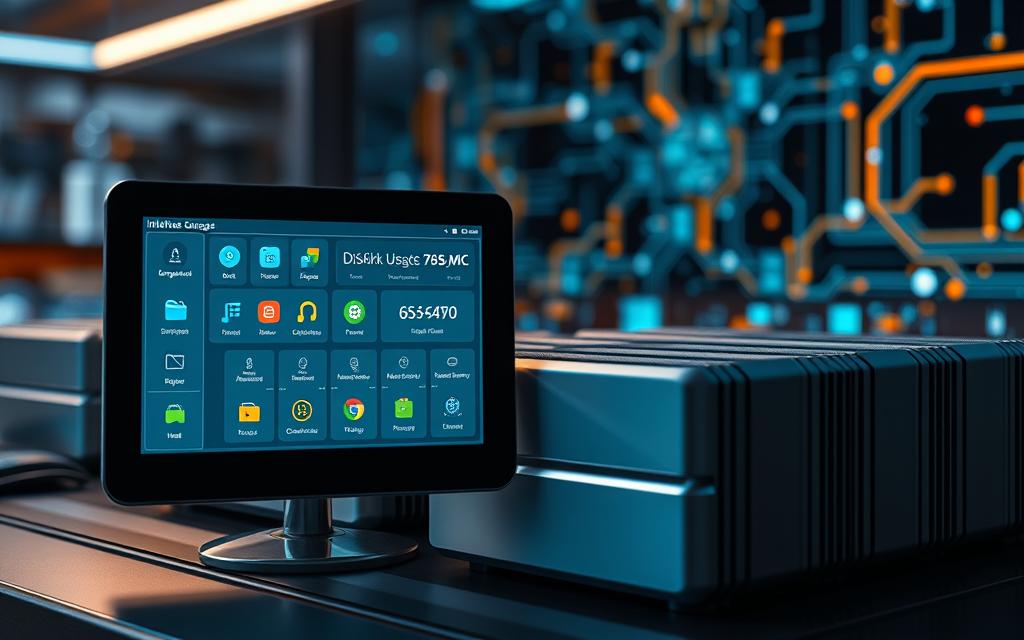
Conclusion
Keeping your data safe on Android requires understanding how deleted files are managed. Native trash folders in apps like Gallery and Messages are ideal for simple recovery. For complex cases, tools like FonePaw offer advanced solutions to recover deleted files efficiently.
Regular backups and junk file cleanup are essential for maintaining your phone’s storage. Most Android devices provide a 30-day recovery window, so act quickly to restore lost data. Combining Samsung’s built-in trash with third-party apps like Dumpster ensures comprehensive file management.
For immediate recovery needs, download FonePaw. Its powerful features make it the go-to solution for safeguarding your device’s data. Stay proactive and keep your files secure with these tips.
FAQ
What is the Recycle Bin on Android?
The Recycle Bin on Android is a temporary storage location for deleted files, such as photos, videos, and documents. It allows users to restore items within a specific time frame before they are permanently removed.
Why is the Recycle Bin important?
The Recycle Bin is crucial because it provides a safety net for accidentally deleted files. It gives users the chance to recover important data before it’s permanently erased from their device.
Is there a Recycle Bin on Android?
Android does not have a universal Recycle Bin like computers. However, certain apps, such as Photos, Files, and Contacts, have their own trash or recently deleted folders that function similarly.
How do I access the Recycle Bin in the Photos app?
Open the Photos app, go to the Library section, and look for the “Trash” or “Recently Deleted” folder. Deleted items are stored here for up to 30 days before being permanently removed.
Can I recover deleted files on Android?
Yes, you can recover deleted files using built-in features like the trash folders in apps or third-party data recovery tools such as FonePaw Android Data Recovery for more advanced retrieval.
How do I clean junk files on Android?
Use built-in storage management tools or third-party apps like Files by Google to scan and remove unnecessary files, freeing up space on your device.
How can I back up data to prevent loss?
Use cloud services like Google Drive or Samsung Cloud to back up your files. Regularly syncing your data ensures you can restore it if it’s accidentally deleted.
Are there differences between Android and computer Recycle Bins?
Yes, Android’s Recycle Bin is app-specific and not centralized like on computers. Each app manages its own trash or recently deleted folder, and retention periods vary.


